Fully digital
In the face of multiple threats, Japan is massively arming its navy. The stealth frigates of the Mogami class are of central importance. With over 6800 islands and a coastline of 29,751 kilometres, Japan is one of the largest maritime nations. In addition to the four main islands, smaller island groups in particular ensure that Japan, with a land area of 380,000 square kilometres, has more than 430,000 square kilometres of territorial waters and an exclusive economic zone ten times the size of its land area. In view of Japan's dependence on imports of raw materials, exports of goods and fishing rights, the island nation therefore relies on powerful naval forces, the Japan Maritime Force, for maritime security issues.
Read More

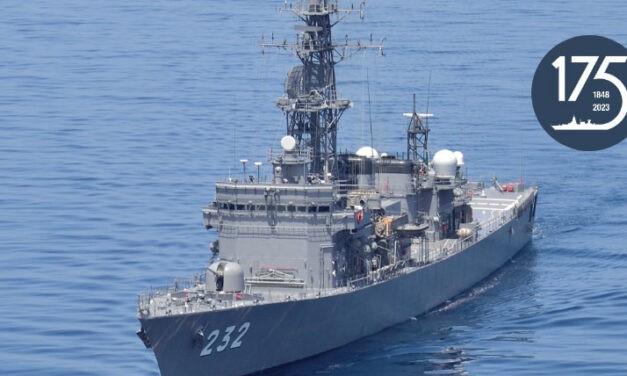
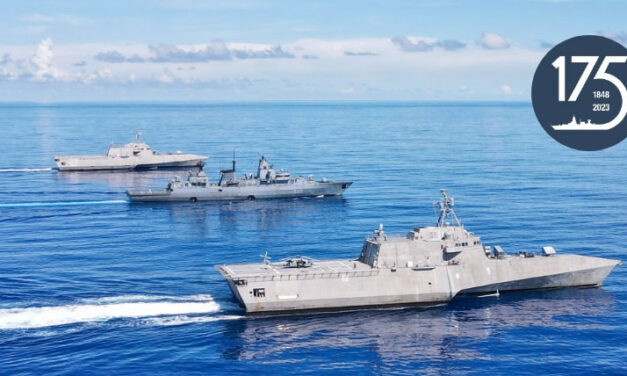
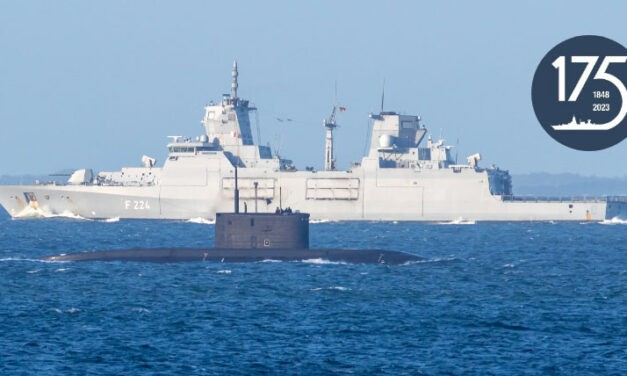
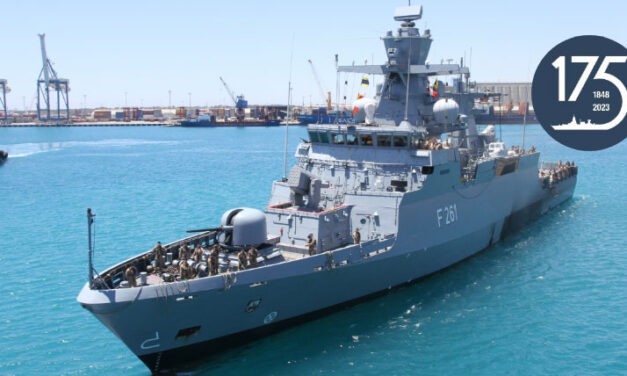
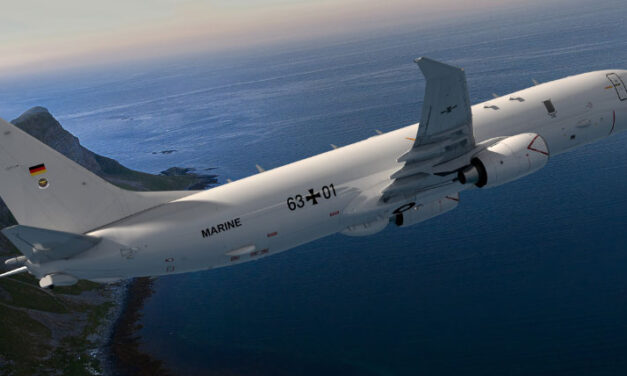
Recent Comments